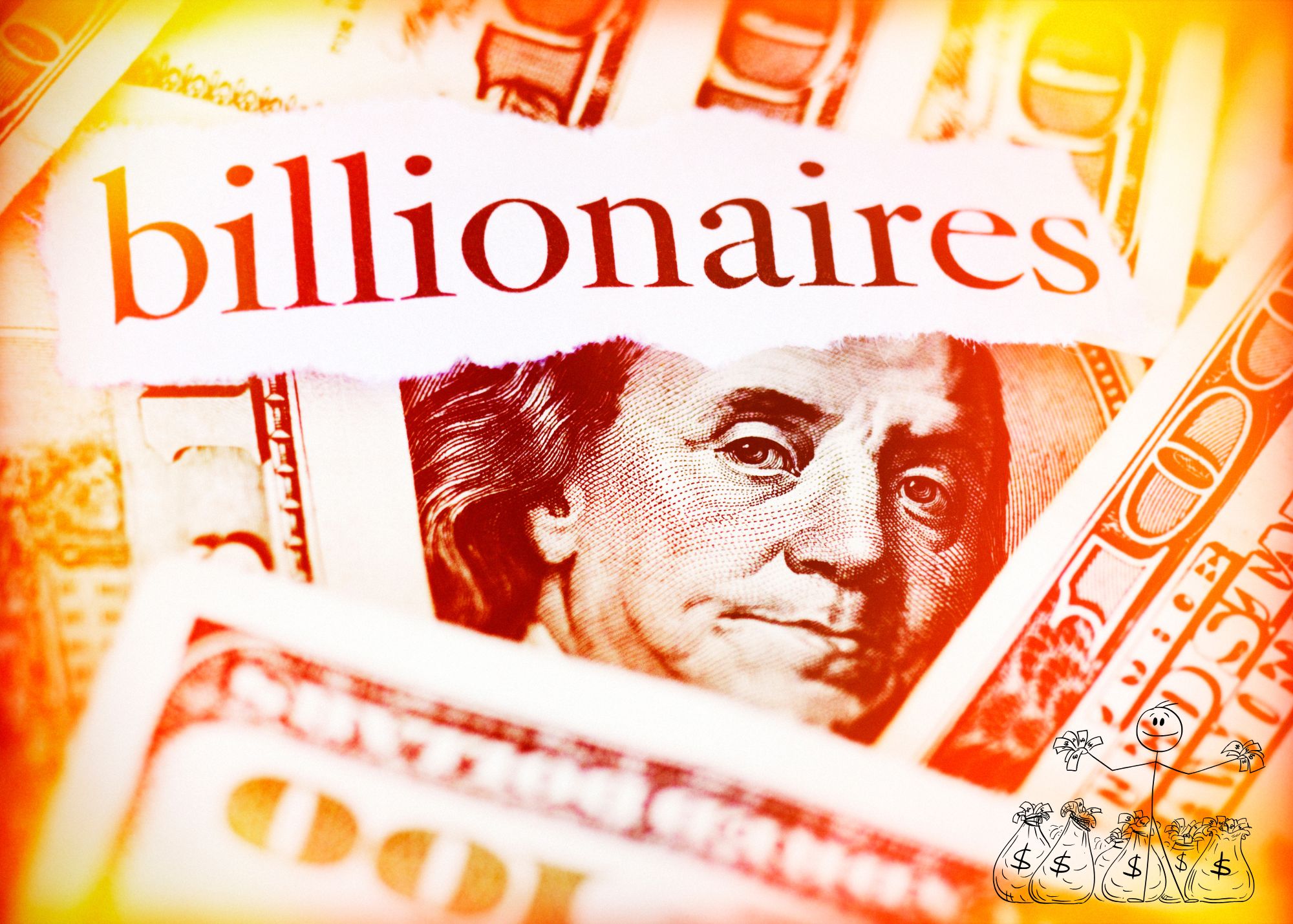How I Would Invest $25k If Starting Over
The big killer to any portfolio is too much exposure to a single stock that plummets. It’s the type of thing that looks oh-so-obvious in hindsight because it’s clear after the fact that you bought into a story, not fundamentals.
There have been lots of “stories” in recent years:
- Credit cards will be disrupted by the buy-now-pay-later model
- FICO is being disrupted by new, better, and more sophisticated algorithms
- Currency itself is being disrupted by digital coins
Regardless of the story, it’s easy to buy the hype when it is “everywhere” in the financial media and seemingly backed-up by price action. The first story above was the Affirm story, and easy to believe when AFRM share price had risen all the way to $160 and beyond. It’s now closer to $10 per share.
The FICO story was the tale of Upstart. It was a new fintech firm that had built more sophisticated algorithms to make FICO look like a dinosaur, at least that was the spin. Upstart share price ran as high as $390 per share before plummeting under $20 per share.
And of course, the FTX scandal revealed the dangers of offshore centralized exchanges in a world of digital currencies.
What’s the lesson from them all? And how would I invest if I had to start all over again with $25k?
How I Would Invest $25k If Starting Over
The big takeaway from the stories above is that it’s easy to buy into a compelling story, especially if it has been running for a while and share prices are elevated.
FTX was so compelling that the best investors in the world bought in; Sequoia being the prime example – Sequoia famously funded many of the best known names in technology. If the smartest investors in the world could get duped, what chance does a retail investor have?
The most important lesson to learn is to limit risk in any position. A good rule of thumb is not to put more than 3-5% into any stock no matter what your level of conviction. If everything goes pear-shaped, you won’t be on the hook for massive losses even in a worst case scenario.
You might think this is too conservative. You could point to Warren Buffett, who has 40% of his portfolio in Apple and cite the best investor of all time as reason to violate the rule. And perhaps you could be more lenient on the rule when you have a proven track record too. But until then, it’s best to lean conservative.
But how do you buy 20 stocks without paying 20 transaction fees? Robinhood is one answer but of course there is a price to pay for “free” – you are the product, or more specifically your order flows are sold by Robinhood.
So, the best way to diversify risk if starting over again is to buy a combination of indexes that are, in turn, well-diversified. If I were starting over and income was my primary goal I would put as much as one fifth of my money in the Schwab Dividend Equity US ETF (SCHD). That ETF comprises dividend payers like Amgen (4.5%), Broadcom (3.8%), Cisco (3.9%), and Home Depot (4.0%) among others.
For exposure to the total market, including large caps, value, income, small-cap, and so on, I would look to put 20% in Vanguard’s Total Stock Market ETF (VTI) that has very low fees of just 0.03%. It includes all the big names that you know well from Apple to Alphabet and from Tesla to Amazon, as well as a laundry list of smaller names.
If I were forced to buy one stock, I would buy a company that was inherently diversified. Arguably Amazon is diversified with Cloud and Ecommerce. Some might say Alphabet is diversified thanks to revenue from Ads + Cloud + a long tail of other businesses.
But perhaps the best stock for diversification is Berkshire Hathaway. From technology (Apple) to high-growth (Snowflake) to wide-moat brand plays (Coca Cola) and even railways, insurance, candies, real estate and much more, it’s hard to beat Buffett’s Berkshire.
The answer to how to invest with $25k might best be summed up by own the total stock market plus a dividend ETF plus a combination of top tier stocks with wide moats. Most of all, it’s important to figure out what your goals and needs are, and back into the best vehicle from that. The opposite approach is to buy into a story, bet too much, and regret it later.



